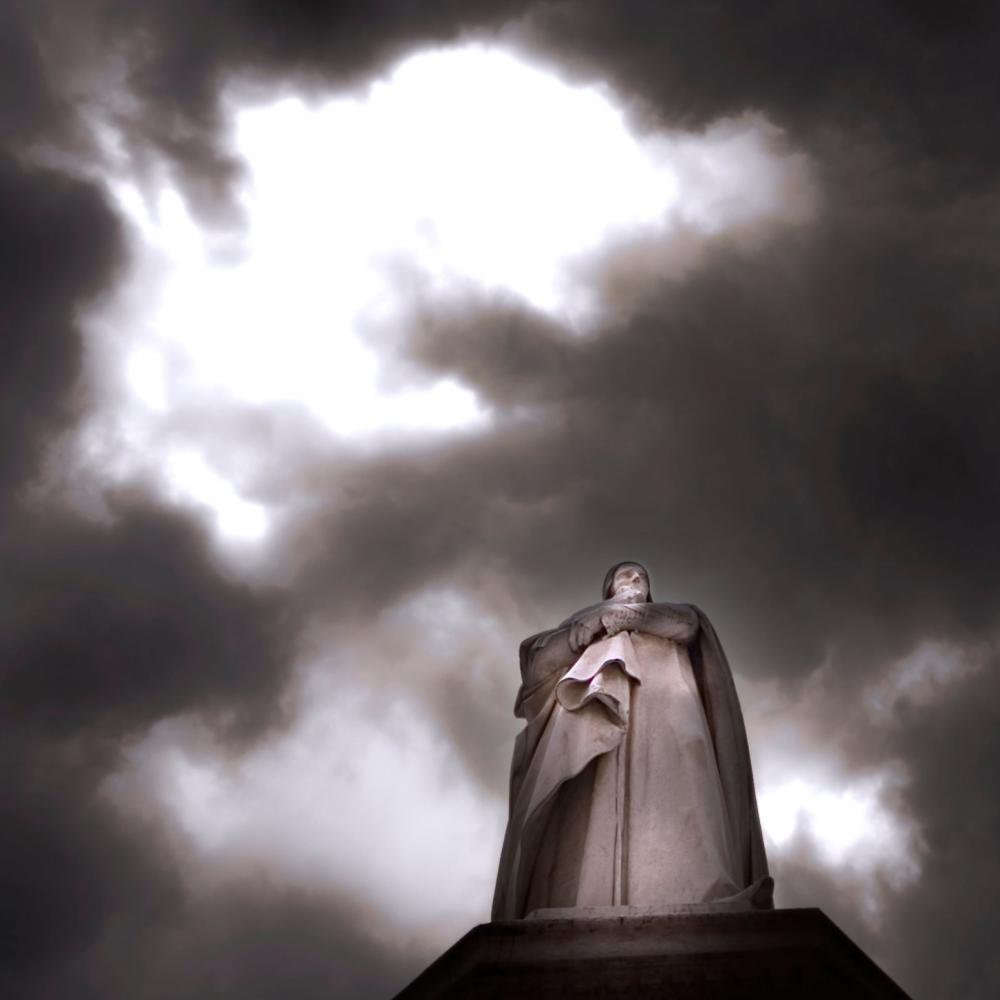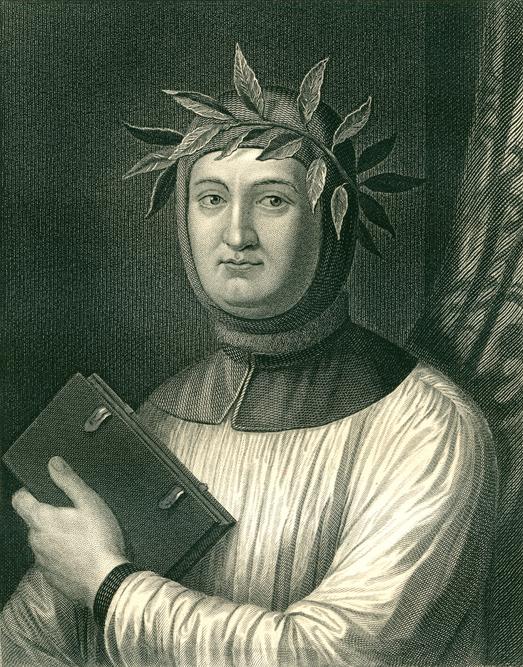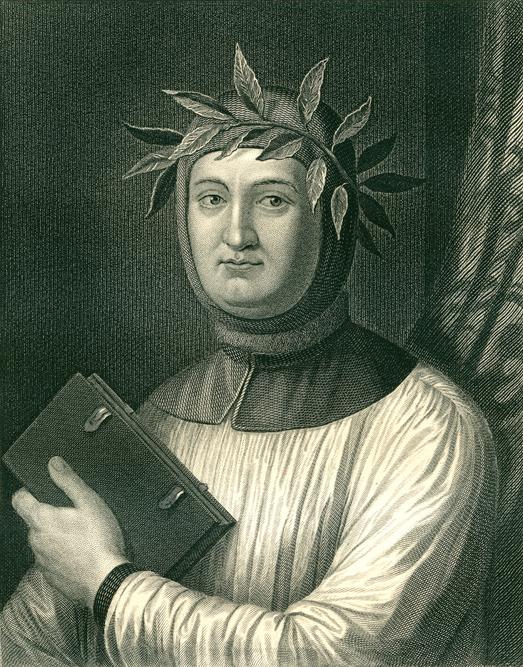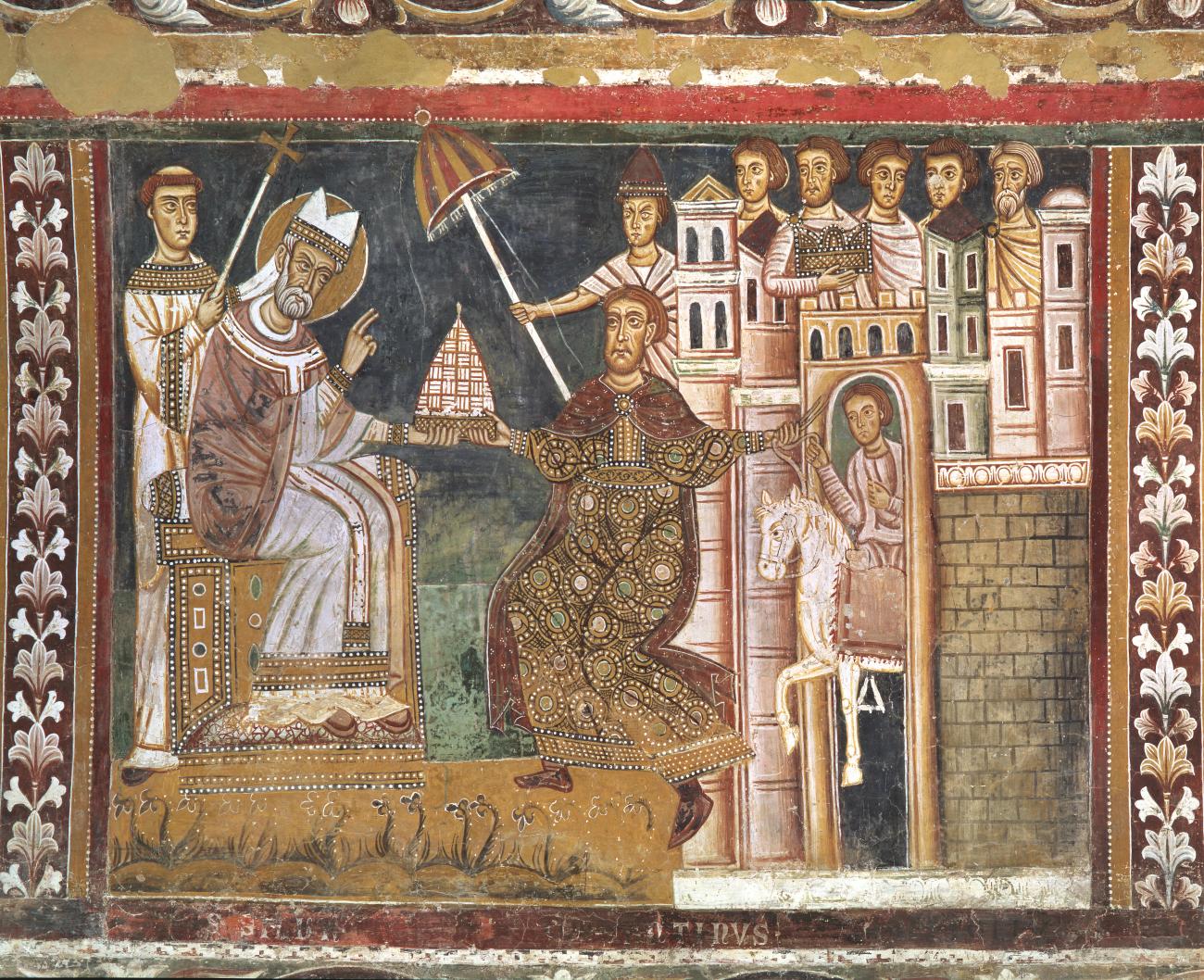When I was elected to the board of the Florida Humanities Council, I began thinking anew about the somewhat beleaguered and possible confusing term “humanities.” As a professor of history and literature, I am keenly aware of the competition for funding and attention between the STEM subjects (science, technology, engineering, and math) and the humanities disciplines. Yet, as a businessman for forty years, I have come across many high-level managers and administrators whose polish and skills owe more than a little to knowledge and understanding of the humanities. So, I have seen the humanities provide value at the highest corporate levels.
My work with the Florida Humanities Council seemed like an invitation to consider where the humanities come from and to ask, What do we mean by the humanities today? Furthermore, if we begin with the history of the humanities and craft an operational definition of the word, will that help guide our state NEH-affiliated council board and staff members in carrying out our respective missions?
The humanities have long been intertwined with the liberal arts. The educational structure of the liberal arts evolved over centuries in the educational systems of ancient Greece and Rome. In Greece, paideia (meaning perfection or excellence) was the name given to the education of young men to become ideal members of the polis, the city-state. It included such subjects as rhetoric, grammar, philosophy, and arithmetic as well as music, gymnastics, and wrestling. The Romans translated paideia as humanitas, and Cicero and Quintillian equated the artes liberales with the studia humanitatis. Not until Martianus Capella in the fifth century do we hear of seven liberal arts. Over the next few centuries, as education became the exclusive province of the medieval church, the seven liberal arts became fixed as the trivium (grammar, dialectic or logic, and rhetoric) and the quadrivium (mathematics, geometry, music, and astronomy or astrology). This arrangement became the fundamental structure of undergraduate ecclesiastical education throughout the Middle Ages, first in the cathedral schools and then in the new universities. Only after following a course of study in the seven liberal arts could a young person proceed to what we now think of as graduate education, earning the title of master or doctor in one of four fields: theology, philosophy, law, or medicine. This educational system persisted into the sixteenth century and beyond.
As cities developed in Western Europe, it became necessary to educate young people who had no intention of pursuing ecclesiastical careers. Local tutors, many of them notaries familiar with Roman law, began to teach young people to read works in classical Latin, such as Boethius’s Consolation of Philosophy and the works of Cicero. Meanwhile, Aristotle’s Politics, Nichomachean Ethics, and many of his other works, previously translated from Greek into Arabic, were being translated now from Arabic to Latin, making a wider array of pre-Christian literature and thought available both to thinkers in the church and to laymen in the cities.
Dante Alighieri of Florence, author of the Divine Comedy, is an excellent example of such a lay person. He was tutored in Latin and introduced to Cicero by a Florentine notary named Brunetto Latini. Later he attended “the schools of the religious orders and the disputations of the philosophers.” Dante’s keen interest in the Roman and Greek past is abundantly reflected in the Divine Comedy and his other works. He was among the early medieval thinkers to make full use of the heritage of the ancients, seeking wisdom that could shape his present.
Shortly after Dante, his Italian successors, including Petrarch and Boccaccio, turned even more vigorously to the Roman and Greek past. They and their followers started searching eagerly for works that had been lost to the West, many of which were to be found in Latin manuscripts in Western Europe and others in Greek manuscripts in the Byzantine world. (Stephen Greenblatt engagingly tells this story in The Swerve: How the World Became Modern.)
Comparing manuscripts with each other became the only way to determine which texts were closest to the original. The discipline of philology was thus born. Over time, these Renaissance scholars, most of them lay persons not connected to the church, started using Cicero’s phrase, “studia humanitatis” (the study of writings about humans, including grammar, rhetoric, history, poetry, and moral philosophy) to distinguish their work from the liberal arts and from the work of churchmen in theology, and they also started to refer to themselves as “humanists.”
One great example of both the methods and the impact of these humanists was the work of Lorenzo Valla. Trained in philology, he became curious about a document known as the Donation of Constantine. This document told the story of the fourth-century Roman emperor Constantine who, while fighting to establish his position as the single emperor of Rome, came down in 313 CE with the dread disease of elephantaic leprosy. The story goes that his pagan priests advised him to bathe in the blood of three thousand freshly killed babies to rid himself of the disease. Constantine felt that this violated the values of the Roman people, so he turned for help to the leader of the Christian sect, a priest named Sylvester, who was already called “pope.” Sylvester baptized Constantine in a bathtub in the emperor’s palace at the Lateran in Rome. When Constantine emerged from the water, he saw a vision of St. Peter and St. Paul and his leprosy was immediately cured. In gratitude, Constantine gave Pope Sylvester (and therefore the Roman Church) the city of Rome, the entire western provinces of the Roman empire, including Italy and all the lands and islands in the West—and then he moved his capital from Rome to Byzantium on the Bosporus, changed that city’s name to Constantinople, and allowed the pope to rule the western half of the Roman Empire.
Trouble is, the document describing the Donation of Constantine was a complete fabrication. Lorenzo Valla, deploying the analytical techniques of the Renaissance humanists, proved beyond doubt that the Donation of Constantine used words and phrases that could not have been written until the time of Charlemagne, five centuries after Constantine. Valla proved that “Donation of Constantine” was a forgery. Time has shown that it was the most important forgery ever perpetrated because it had such a vast impact on the history and people of Europe.The Donation made the popes in effect temporal (as opposed to spiritual) monarchs in central Italy, bringing them inevitably into political and military conflict with other secular powers, most especially France, Spain, and England.
Churchmen also began to learn that the tools of philology could contribute to better texts of the Bible and the writings of the church fathers. Thus Christian humanism was born, paralleling the work of the Renaissance humanists. Erasmus of Rotterdam in the Netherlands and Thomas More in England were two of the great Christian humanists.
Renaissance and Christian humanists developed the humanities as a new educational system that focused on studying texts from the Greek, Roman, and early Christian past. This was an educational system quite different from the medieval scholastically based seven liberal arts taught in the ecclesiastical universities. Some European universities took up the new educational system, but many did not. The important point is that the humanities originated as a new educational program offered as an alternative to the medieval seven liberal arts, in that it focused on the study of Greek, Roman, and patristic texts.
Over time, the humanities melded into the liberal arts, with far less focus on arithmetic, geometry, music, and logic, and with far more emphasis on rhetoric, language, and moral philosophy. This is the educational system that served as the original foundation of education in England until the present day. The old joke was that if a school taught Latin and Greek, you knew it was an English public school. The same system was replicated in many of the early colleges of the American republic. It is still reflected in many of our preparatory schools, and a version of it was featured in the 1989 film—set in the late fifties—Dead Poets Society.
During the nineteenth century, the need for more practical education became so prominent that the American government founded and funded higher education institutions in many states with land-grant universities, to focus on the mechanical and agricultural arts. Since these institutions were conceived to be more than schools that trained people for trades and crafts, the land-grant universities were designed with colleges of liberal arts, a key component of which is the humanities.
In the early twentieth century, “scientific” or systematic techniques were extended beyond the physical and biological sciences to the new social sciences: anthropology, ethnology, geography, history, political science, psychology, sociology. These disciplines most often found themselves housed in colleges of arts and sciences. Current lists of departments in a typical college of arts and sciences name such disciplines as mathematics, the “hard” or physical and biological sciences, the social sciences, and the humanities—classics, English (literature), history (which can be seen as a social science or one of the humanities or both), modern languages and literature, folklore, philosophy, religious studies, cultural studies, and theater arts.
These areas of study reflect the common academic opinion as to the content of the humanities today. In the popular mind, the humanities are most often seen, accurately enough, as equivalent to the liberal arts. It is this body of opinion that informed President Lyndon Johnson and the United States Congress when they established the National Endowment for the Humanities and the National Endowment for the Arts, partly to balance federal support for the hard sciences, the social sciences, and health and medicine by providing funds for the humanities and the arts. The act attempts to distinguish between the humanities and the arts, with some success.
The greatest area of overlap between the arts and the humanities is in the area of literature and creative writing. The act of writing is an art; the written product and the study of it belong to the humanities. Within the intended federal definitions of the law, the humanities involve texts already written, while the art of literature involves the artistic activity of creative writing. Both the humanities and the arts involve ideas. The humanities presumably focus more on ideas in written texts (whether ancient or recent), while the arts focus more on the process of writing, whereby ideas become texts in the present. The overlap remains: Words, that is, written texts, and sometimes oral expressions, undergird the performing arts of the theater, motion pictures, television, radio, film, video, tape, and sound recording.
In the end, the lesson is this: The heritage of the humanities is inextricably tied to ideas that become words and texts. The humanities undergird the arts, but they are not the same as the plastic or performing arts, and they are distinguishable from the physical, biological, and social sciences (except for history). The humanities encompass the vast cultural remains and written records and stories of the many peoples and societies that are in effect cultural streams that have flowed together to shape contours and inform our nation. The humanities are the ideas, words, and stories that explain who we are as individuals and who we are as a community.
Humanities and the arts both help us think about and savor life. The arts help us savor what it means to be alive. Burns’s “My love is like a red, red rose” causes us to savor our love for another and for nature, while Botticelli’s Primavera stimulates us to think about life in the fifteenth century as well as to savor spring. Science and technology improve life materially. To see these disciplines in competition with each other is to misunderstand their relationships. The humanities represent us as people. People are the proper governors of science, technology, and engineering. If we can think of the STEM disciplines as the machine of the arts and sciences, then the humanities and humanities professionals are the heart of that machine.
What does all of this mean for those of us engaged in the grand enterprise of the National Endowment for the Humanities? The boards and staffs of NEH and the 55 state affiliates comprise hundreds of people. We all strive to deliver support and programming in the humanities for thousands of Americans who engage with, participate in, benefit from, listen to, and read about our efforts. The humanities councils funded by NEH in 55 states, territories, and jurisdictions represent a national commitment to the humanities and bring a wide variety of programs to people in all areas of our great nation. The Florida Humanities Council, for example, by leveraging NEH funds with state funds and private donations, provides talks on Florida history and culture by expert historians, storytellers, researchers, and authors; partners with local libraries and other institutions to establish small-town humanities centers, or Museums on Mainstreet; supports Poetry Out Loud, a national poetry contest for high school students; offers six-week reading and discussion programs for families with young children; sponsors humanities exhibitions and lectures throughout the state, distributes competitive grants for humanities programs and projects, gives awards to Florida authors; stages summer seminars for high school students and teachers; and publishes Forum, a magazine focused on Florida history and culture.
Perhaps remembering where the humanities come from will help us keep our eyes focused on the essence of the humanities: words, spoken and written, texts, speeches, performances—the stories of our experience, of the journeys of our lives, of the struggles we face and strive to overcome. We are all, as Dante reminds, in the middle of the journeys of our life; we all have experiences to share, words to speak and write, stories to tell, and stories to hear. Our job is to help folks find their voices, to encourage them to speak, and to honor what is in their hearts.








